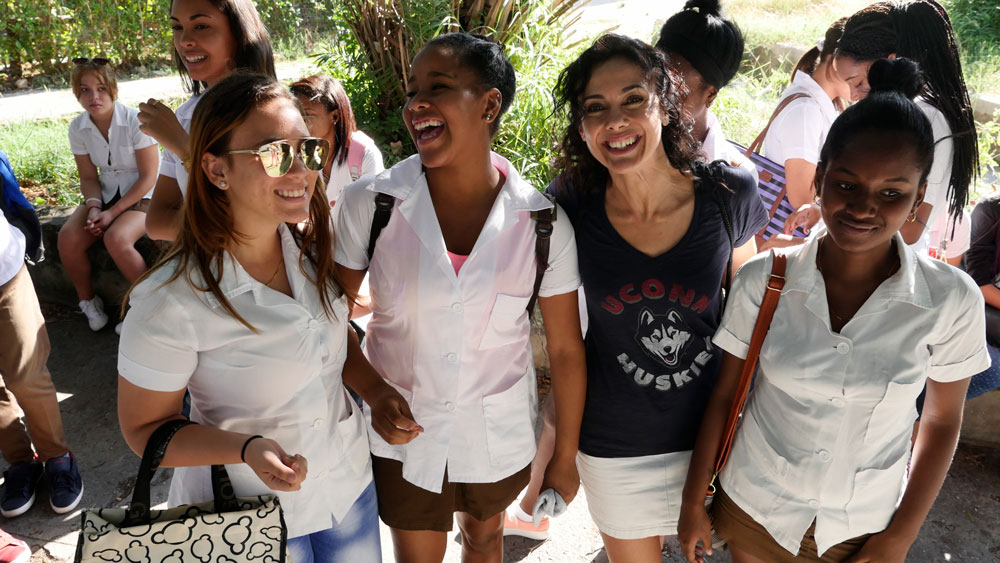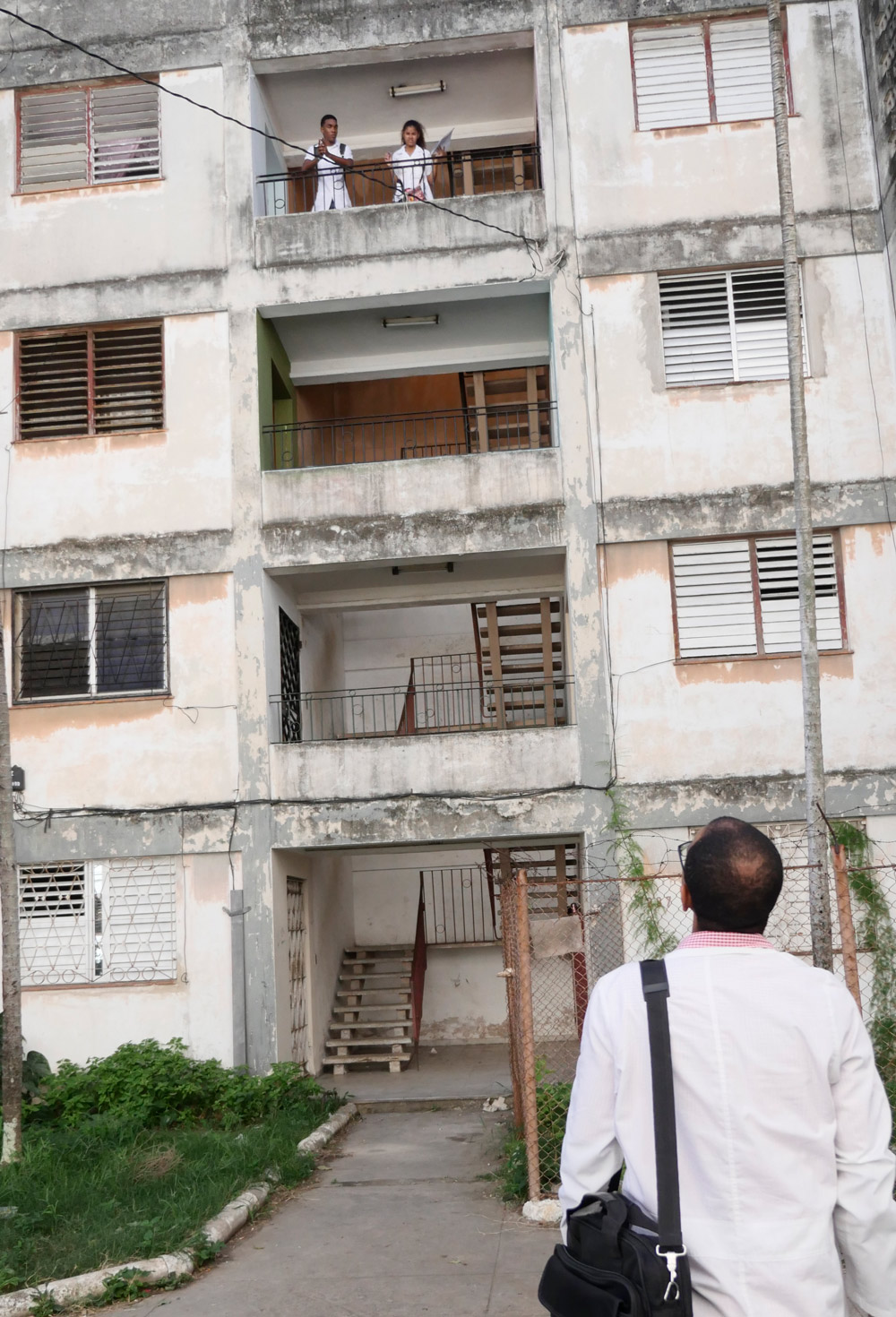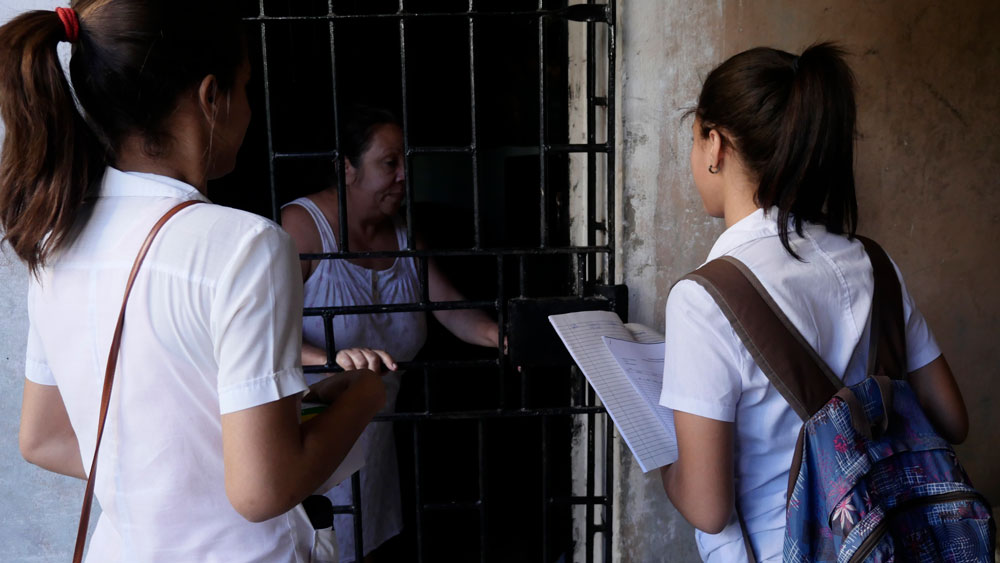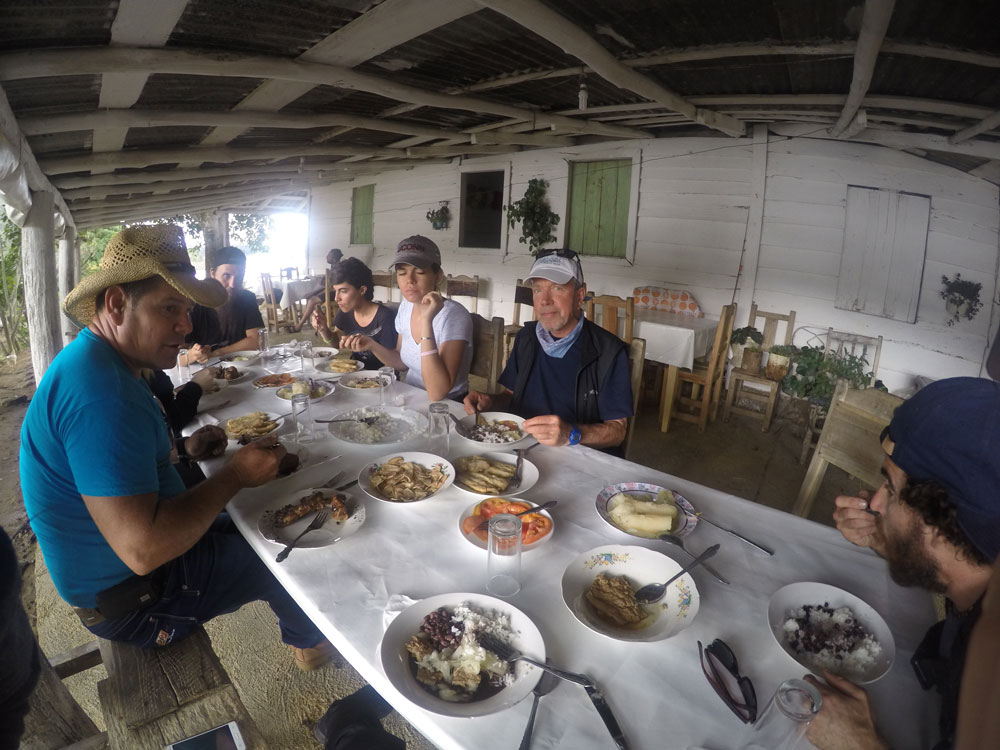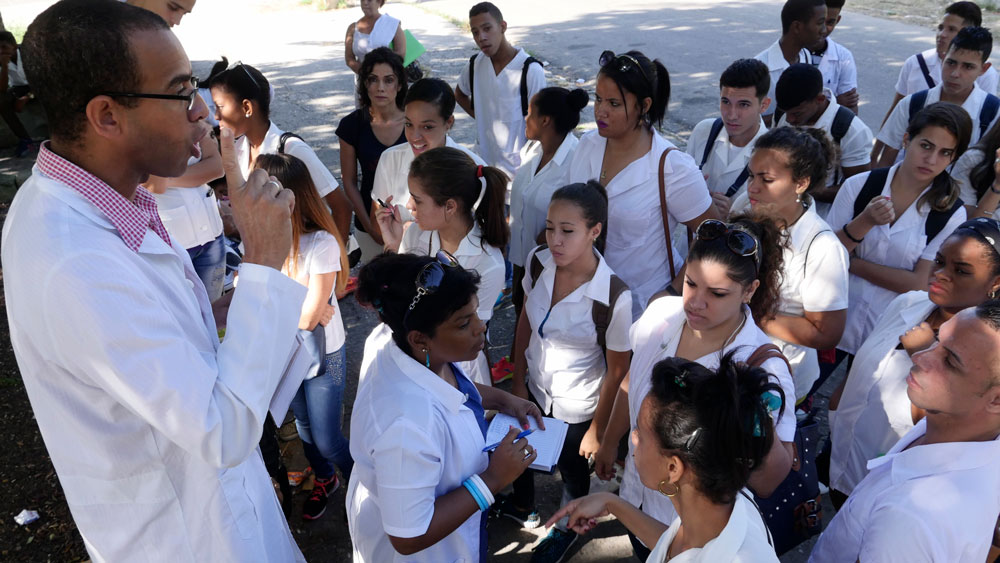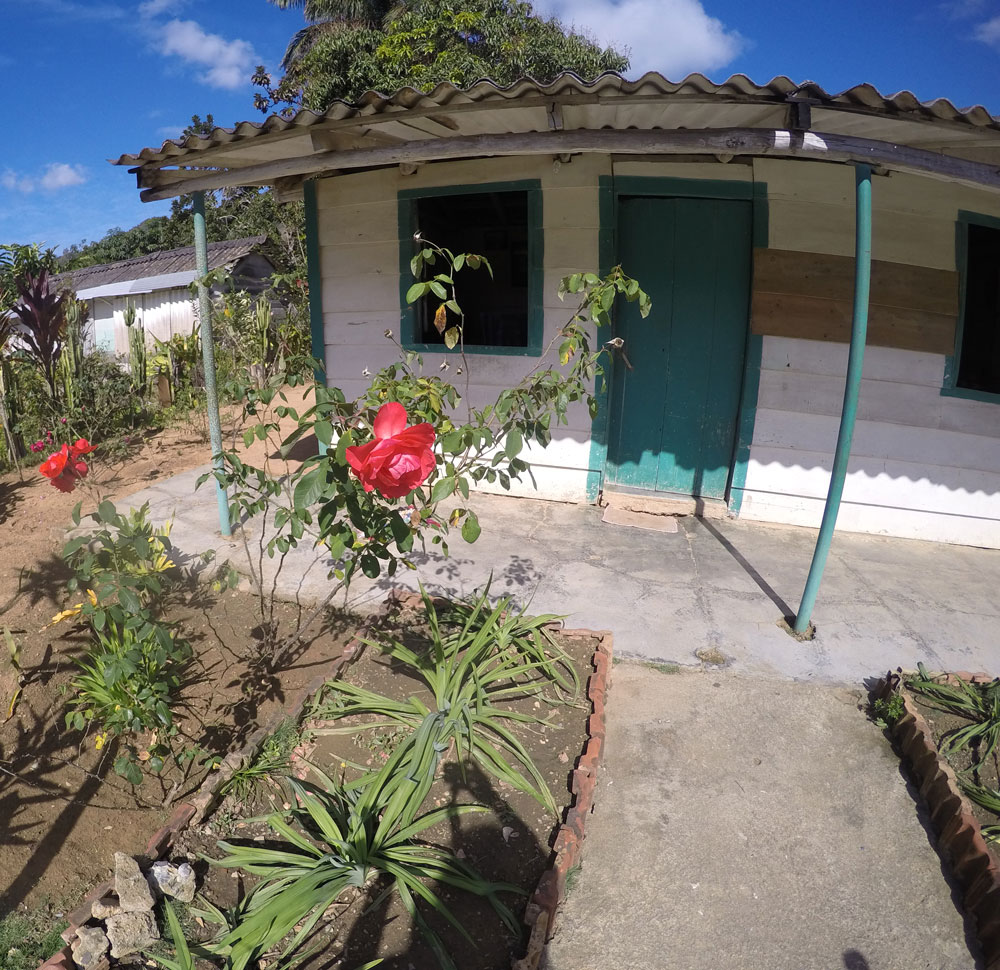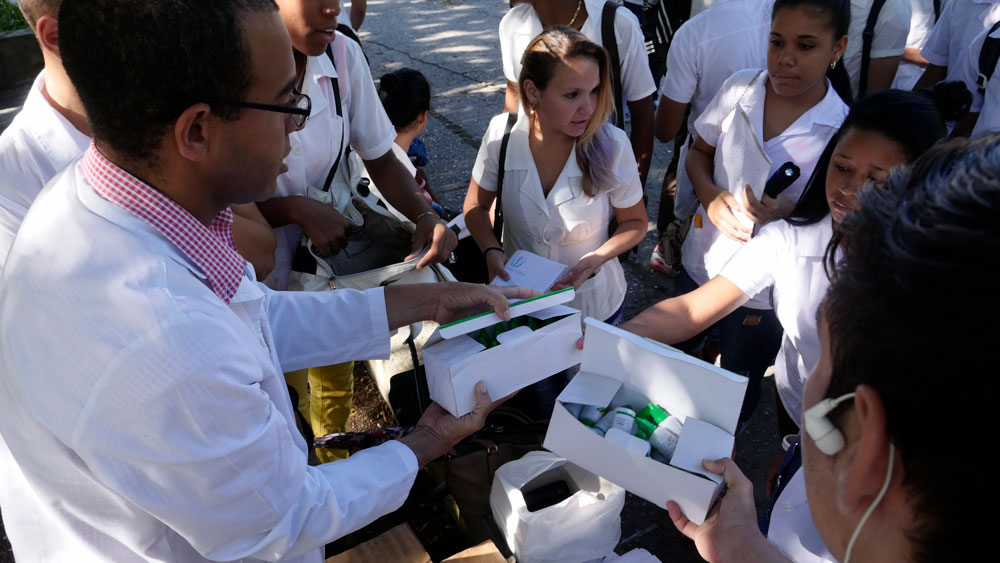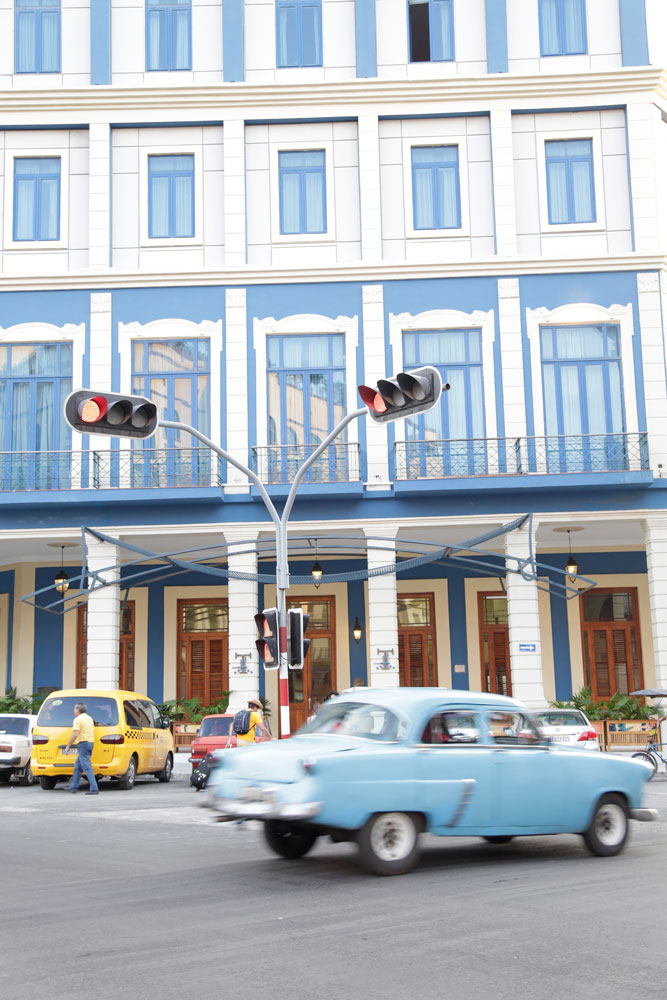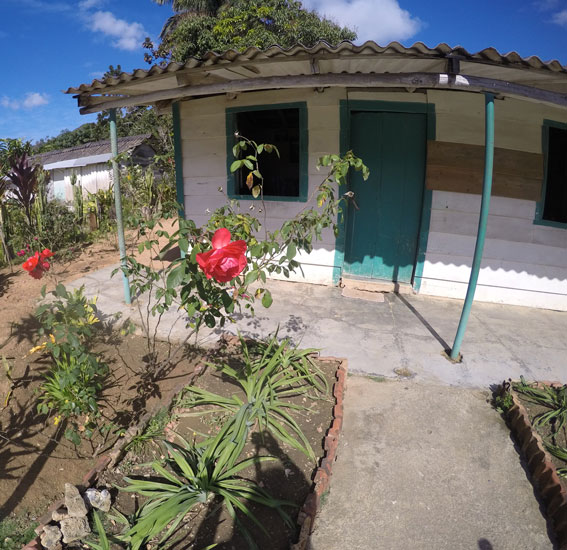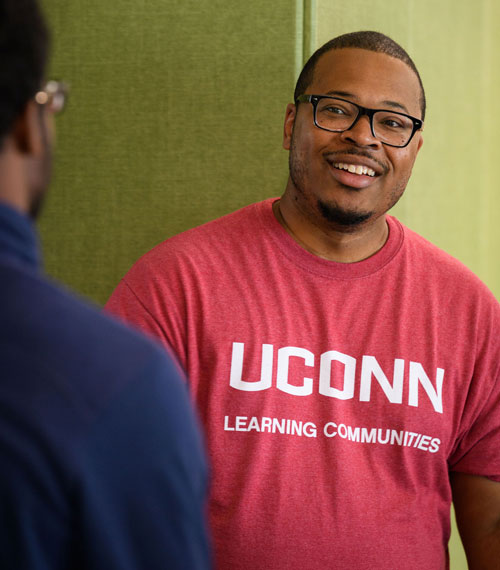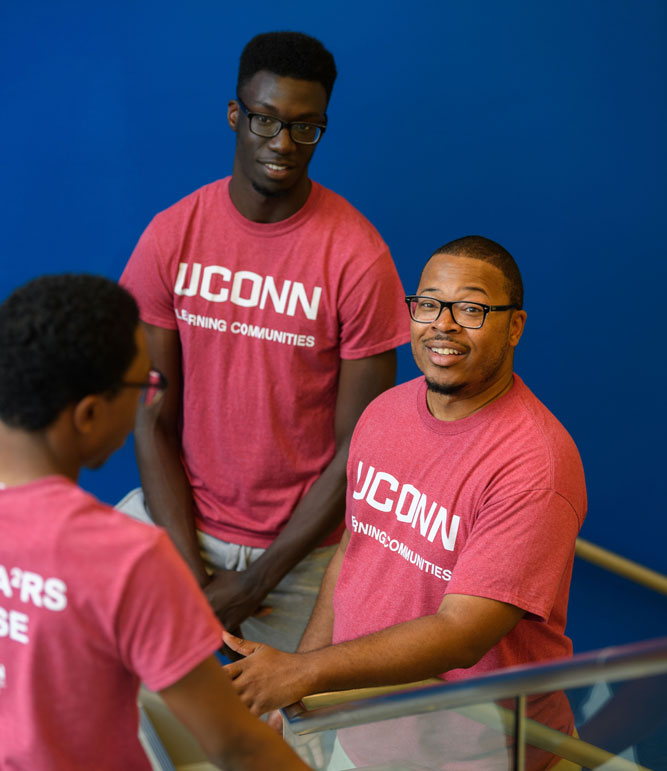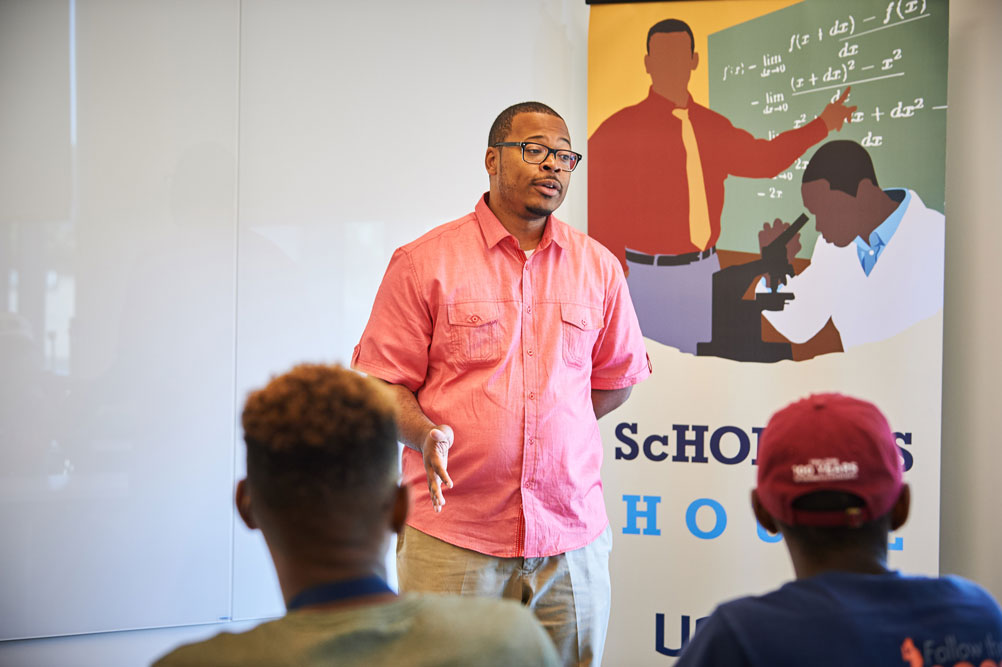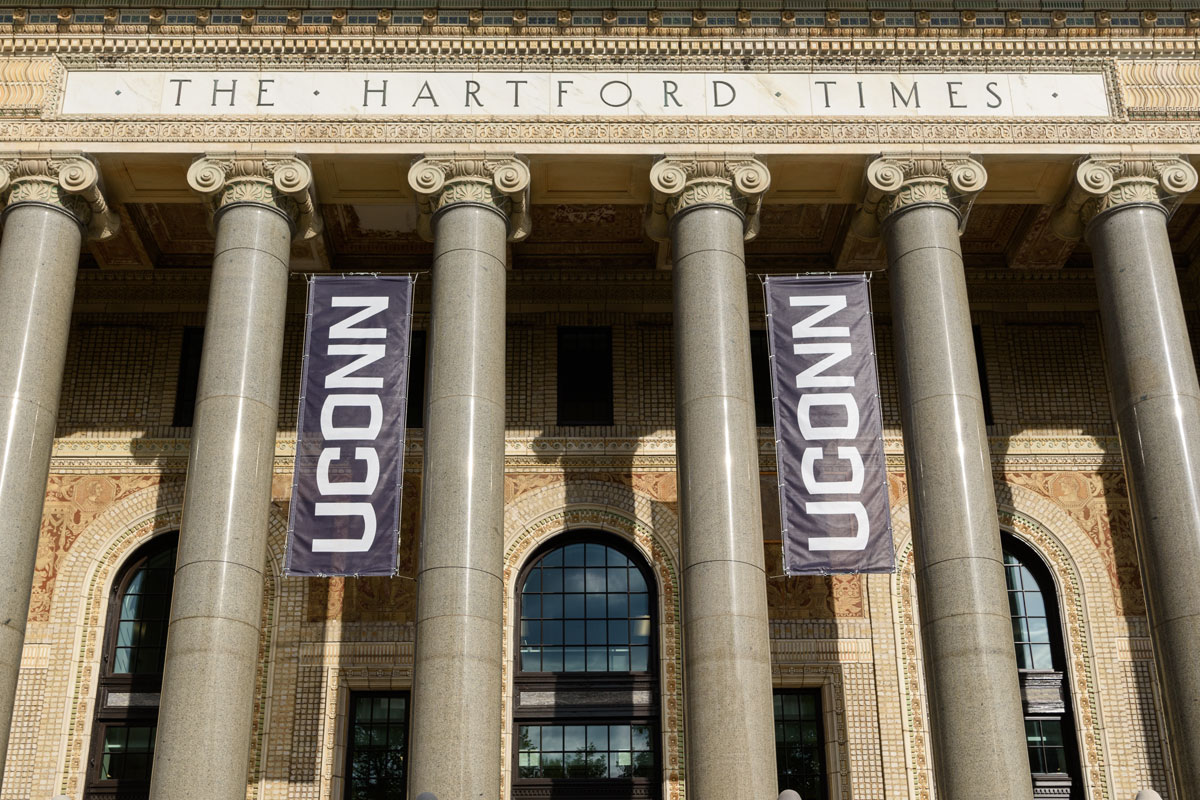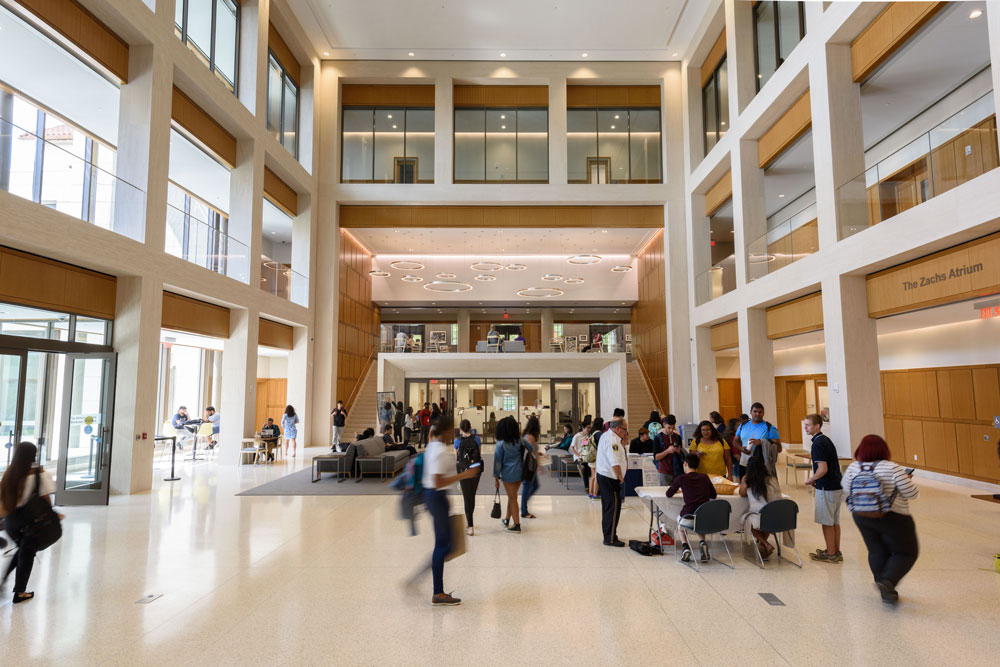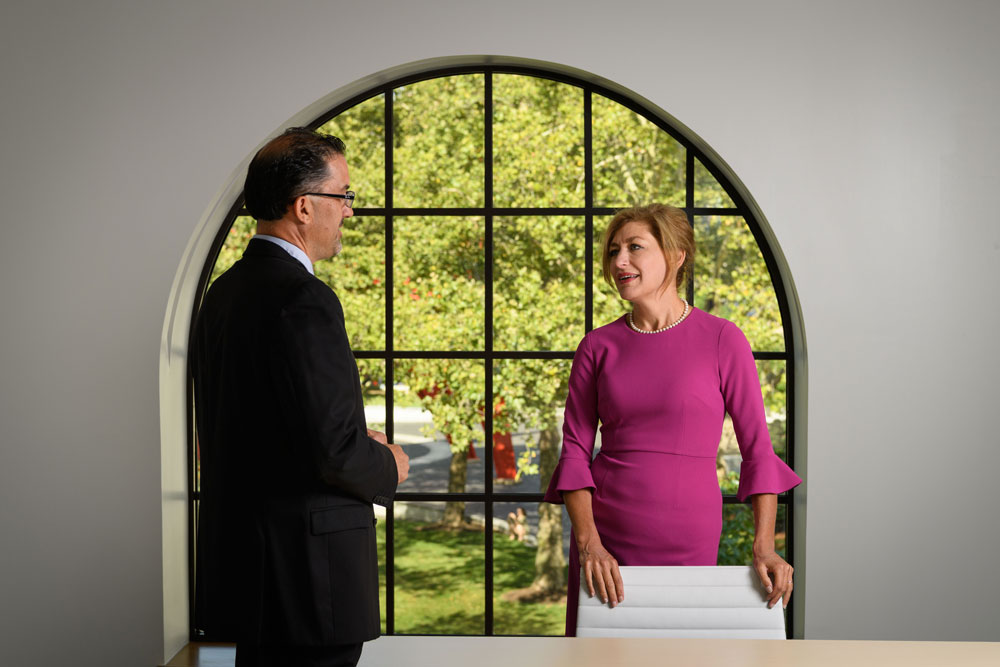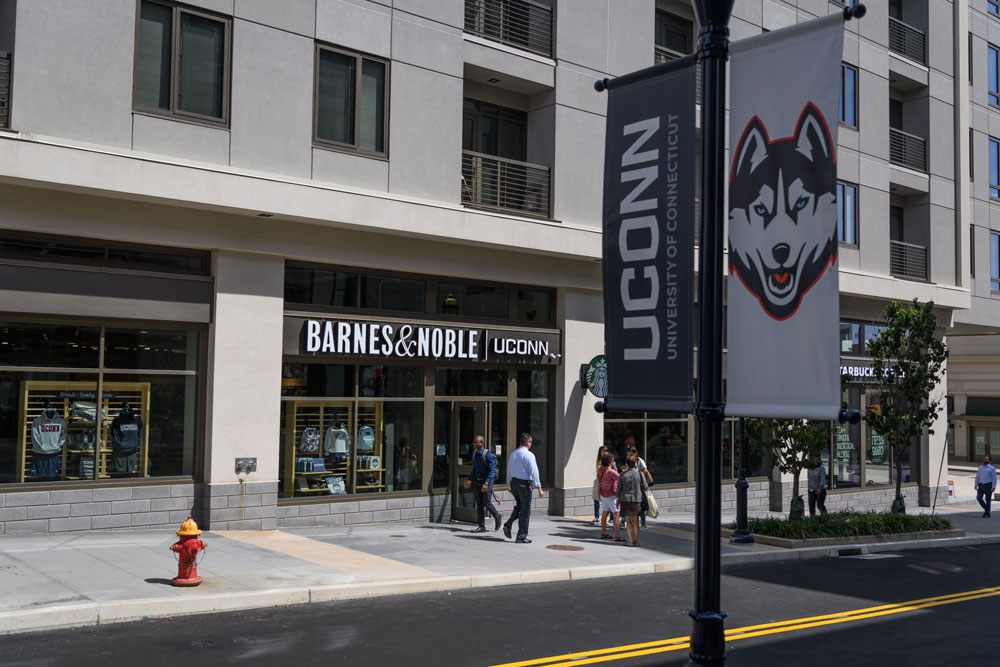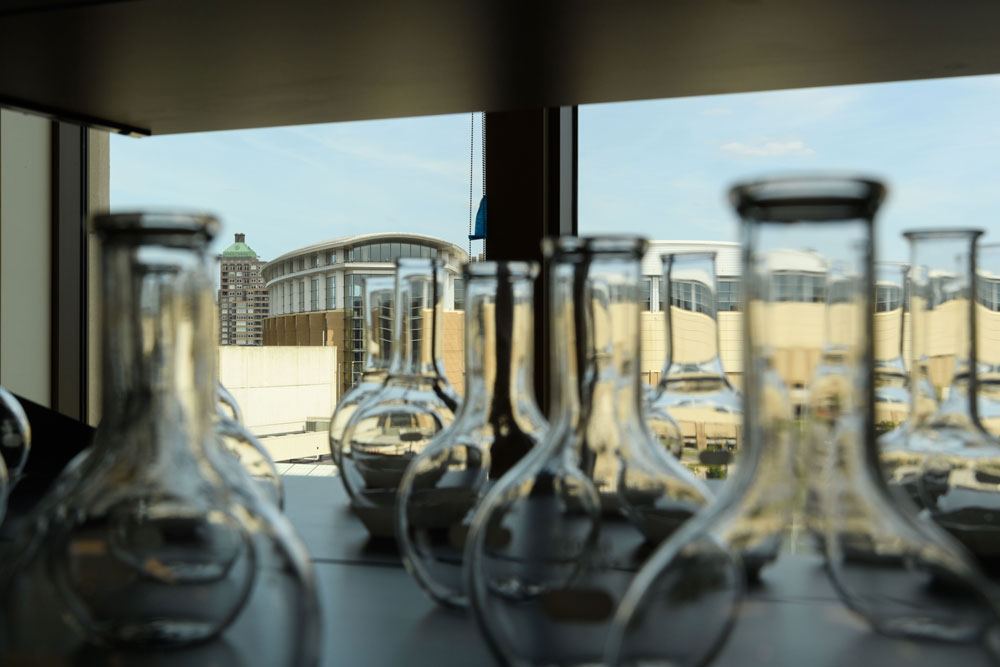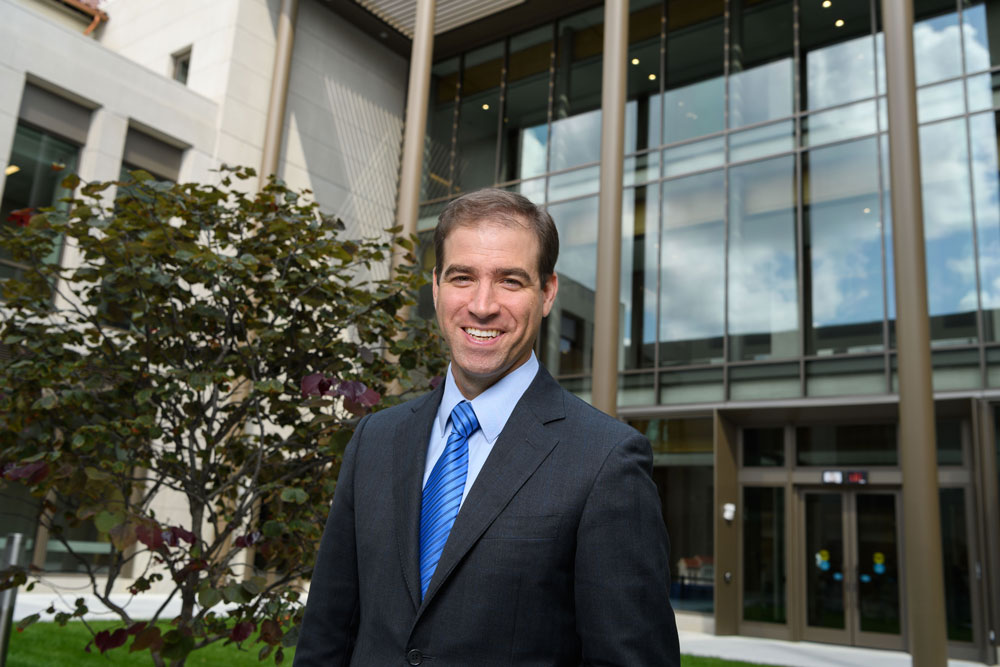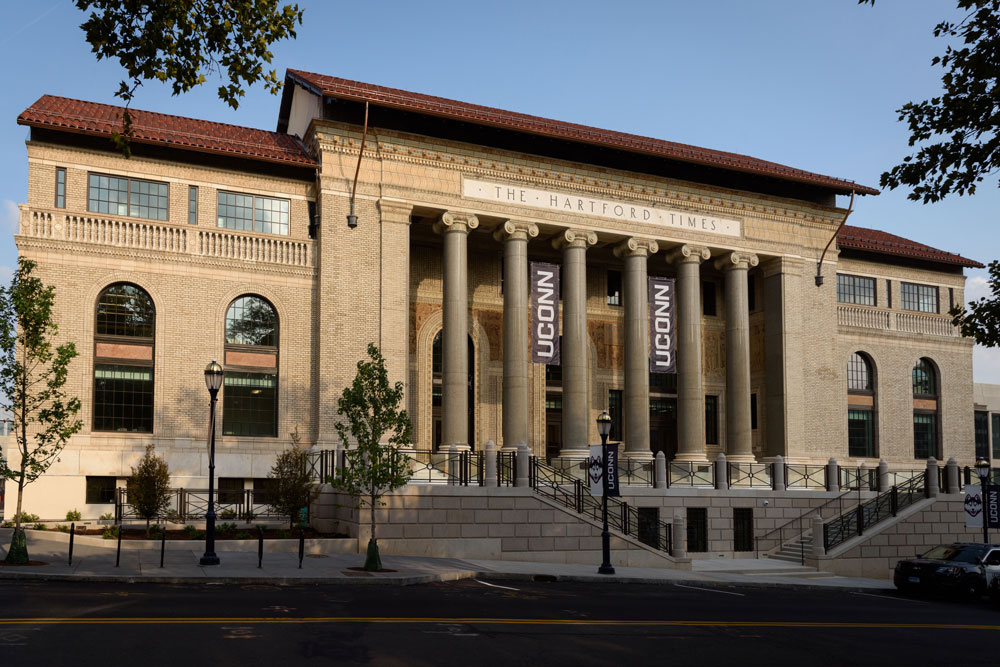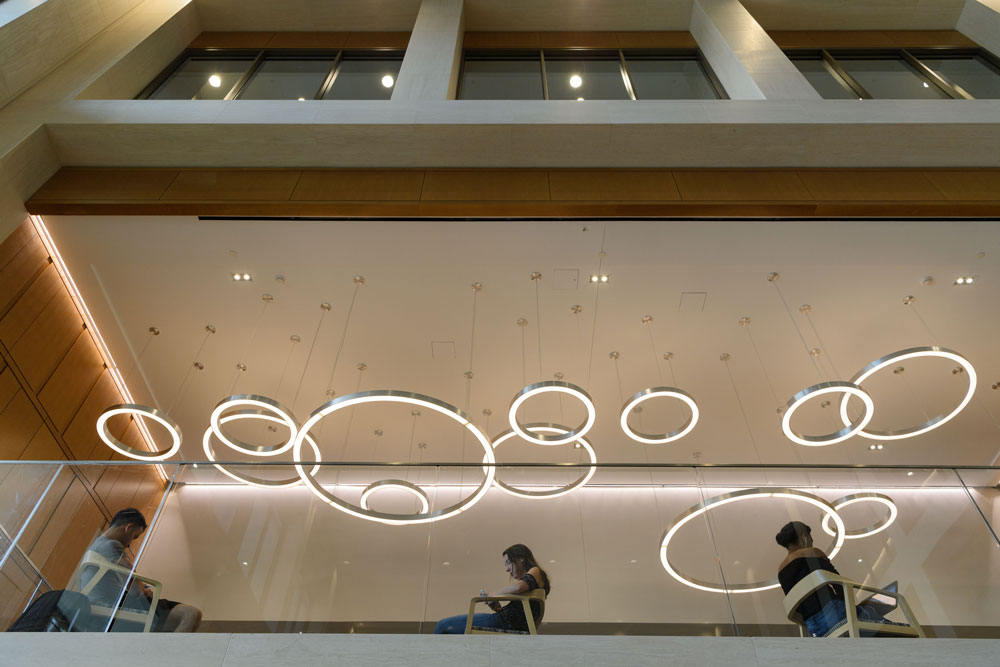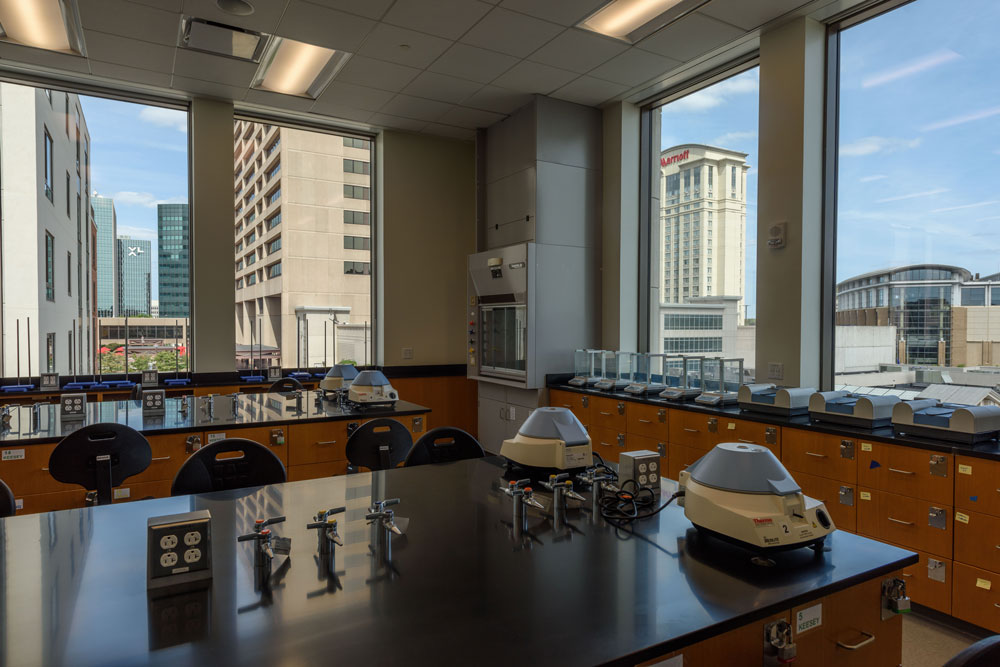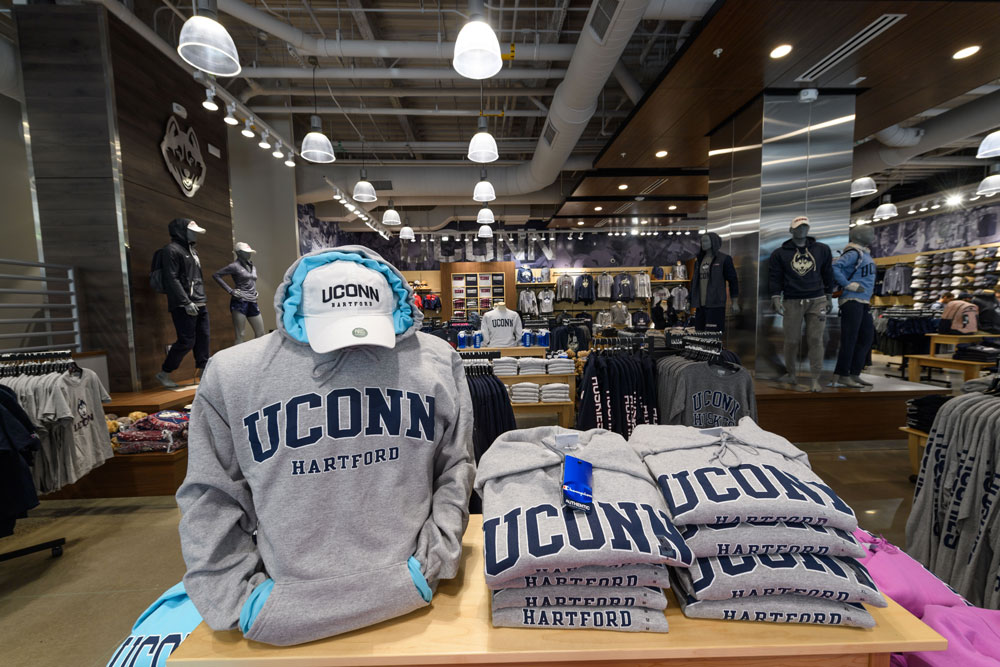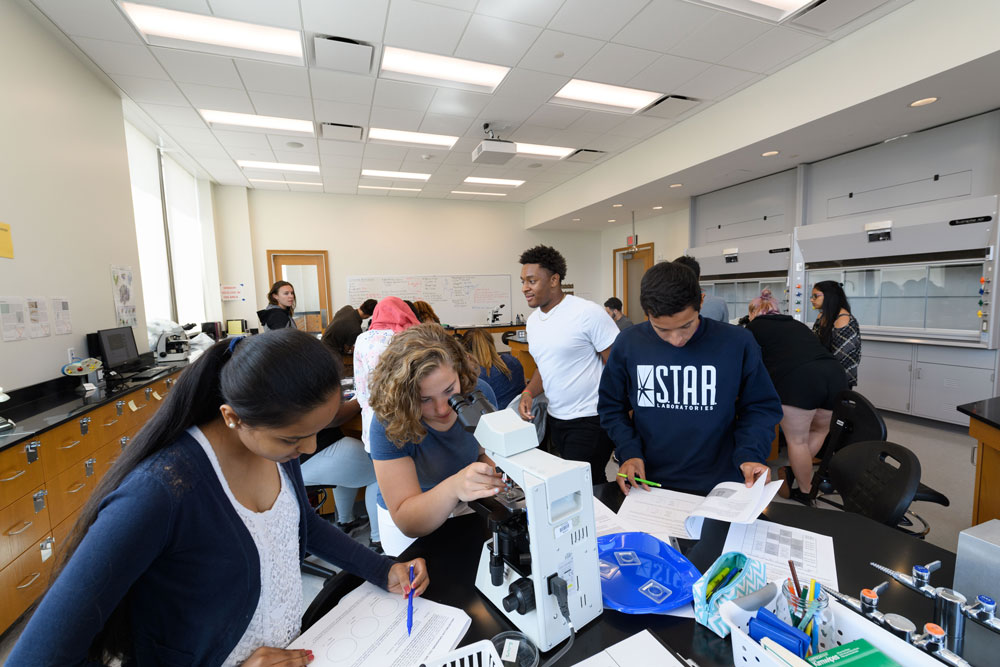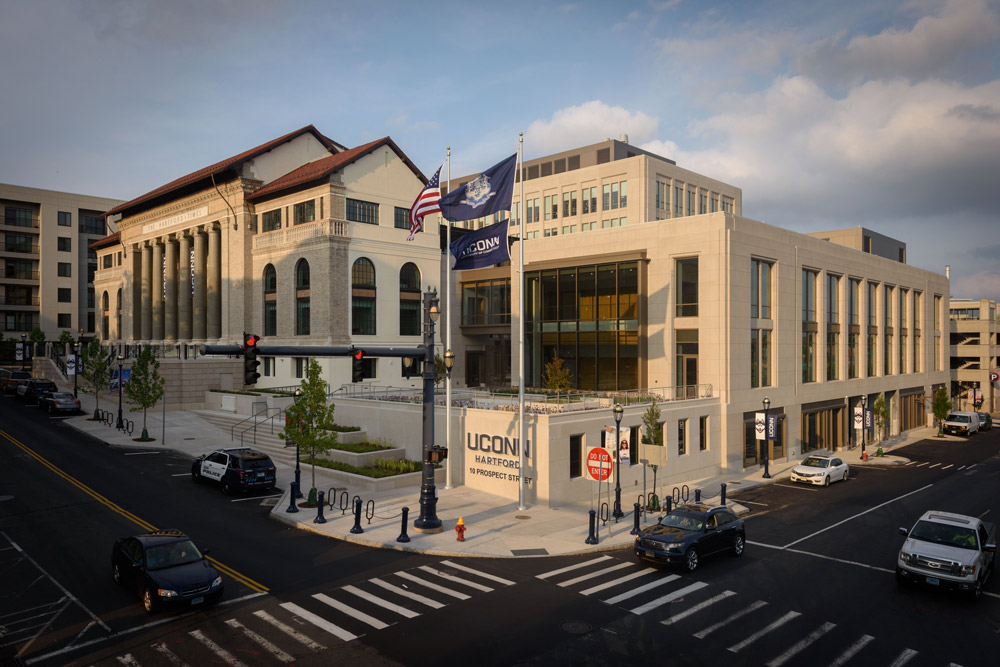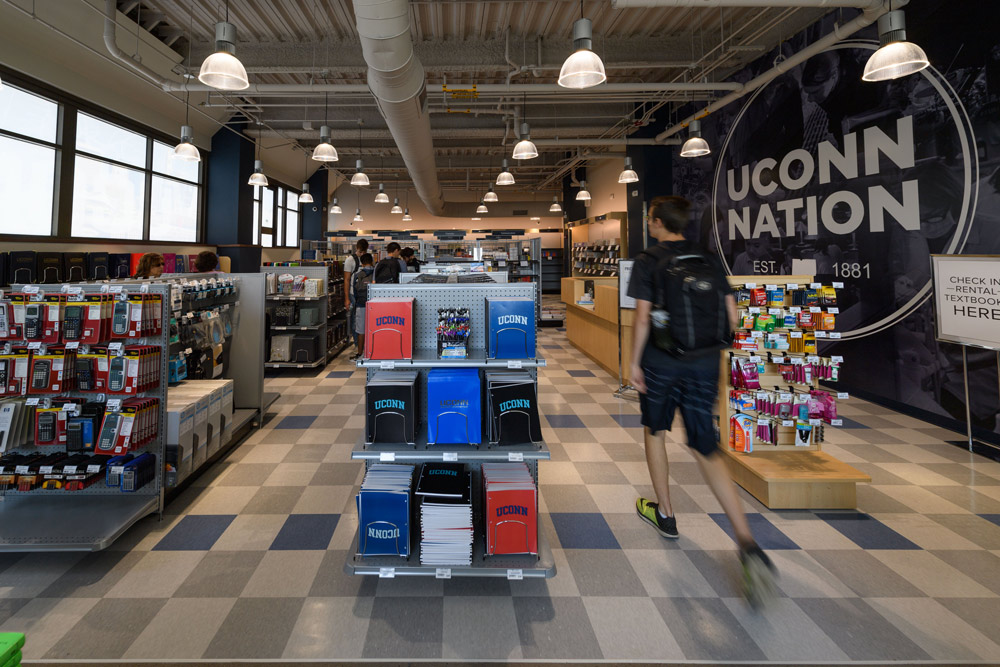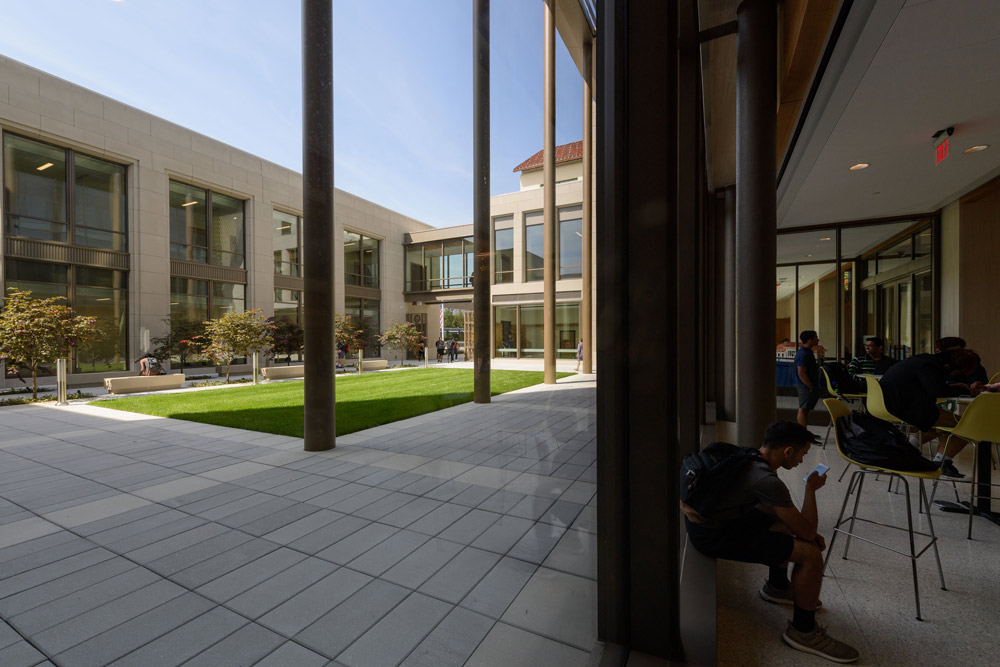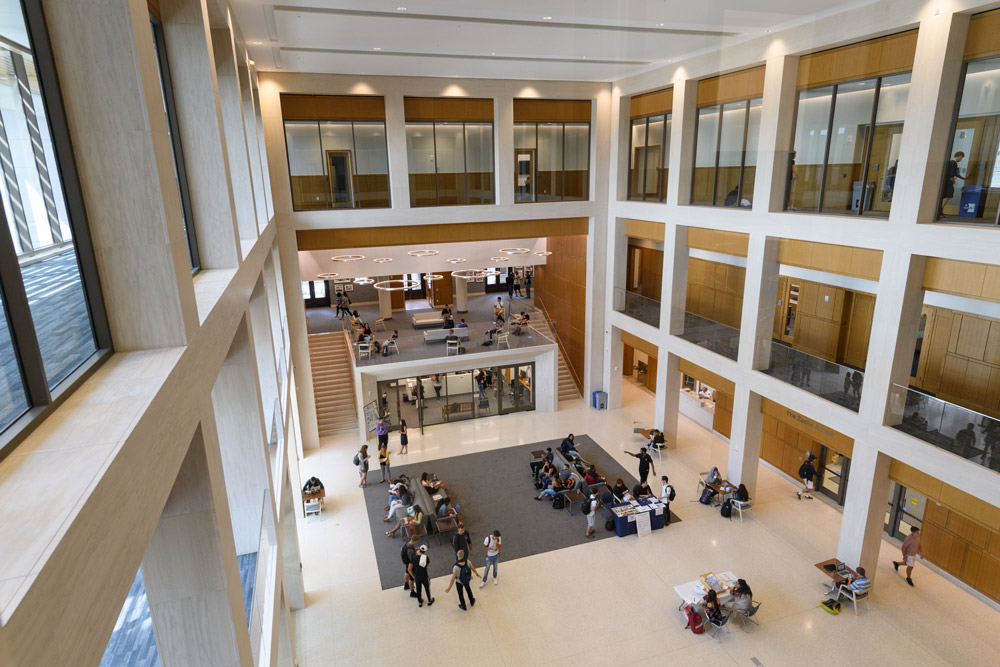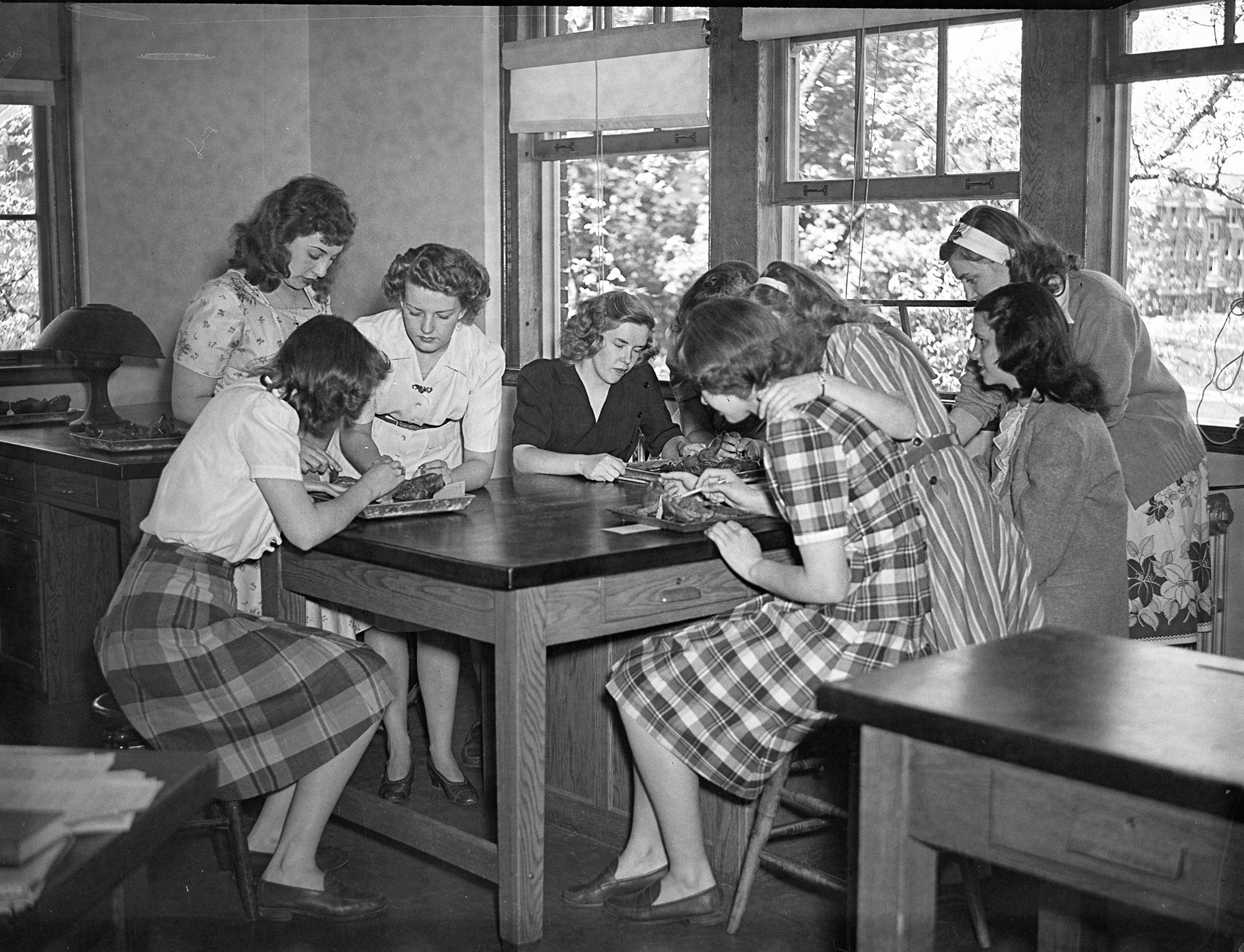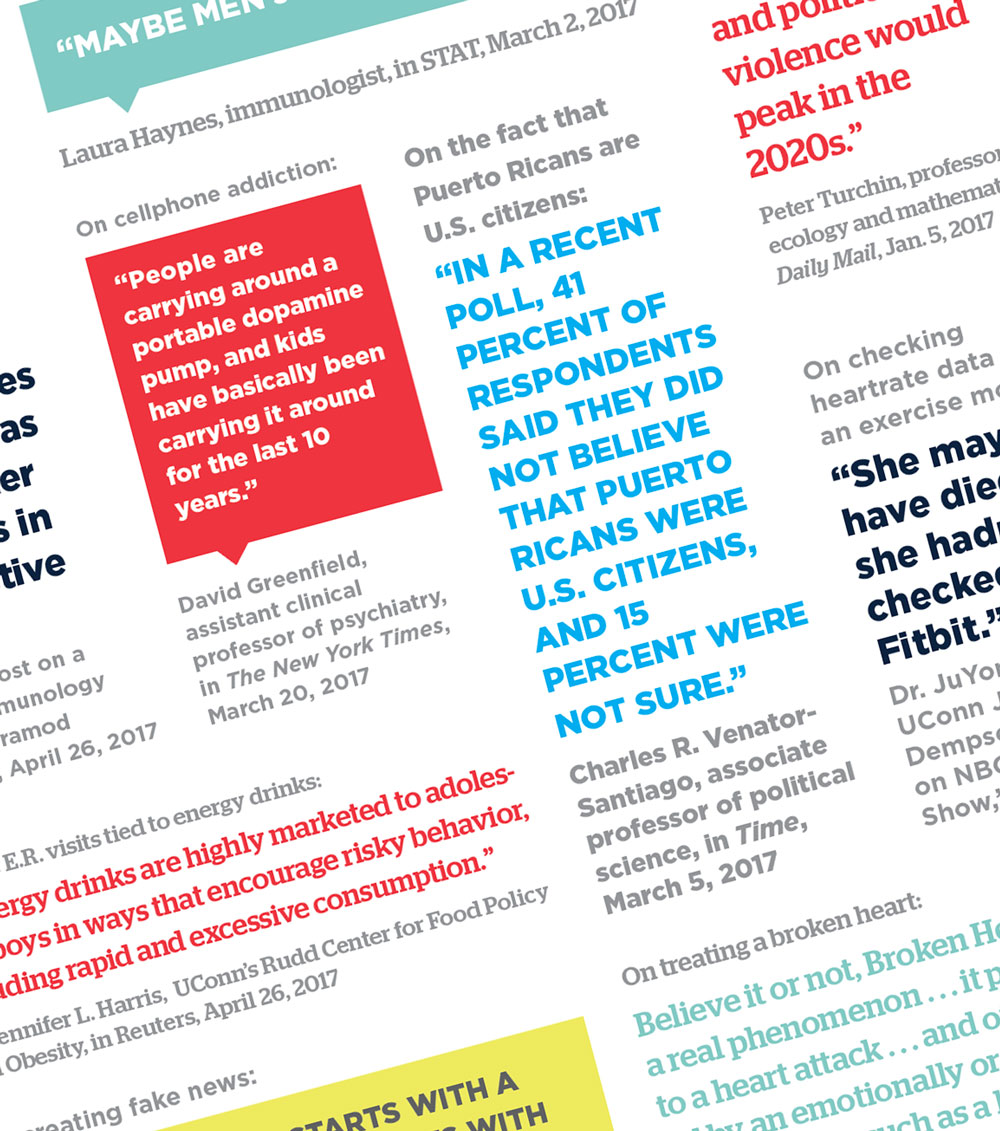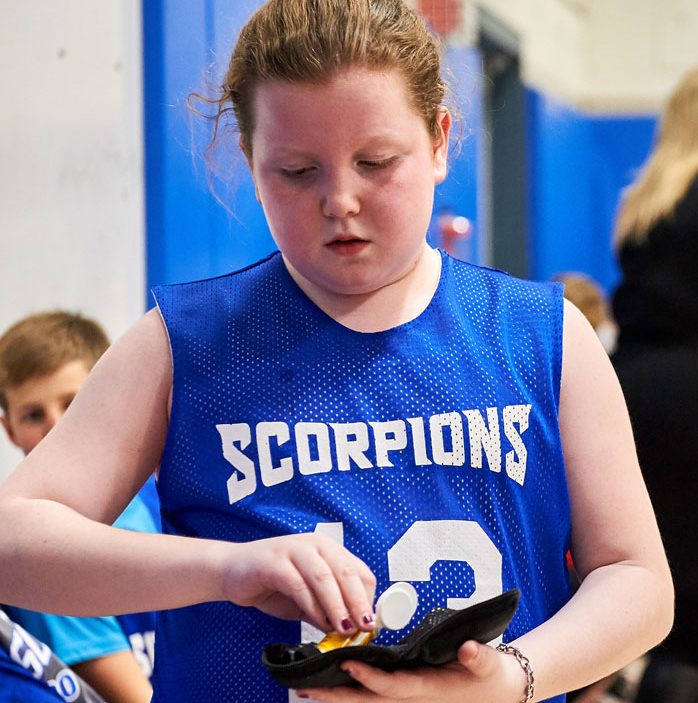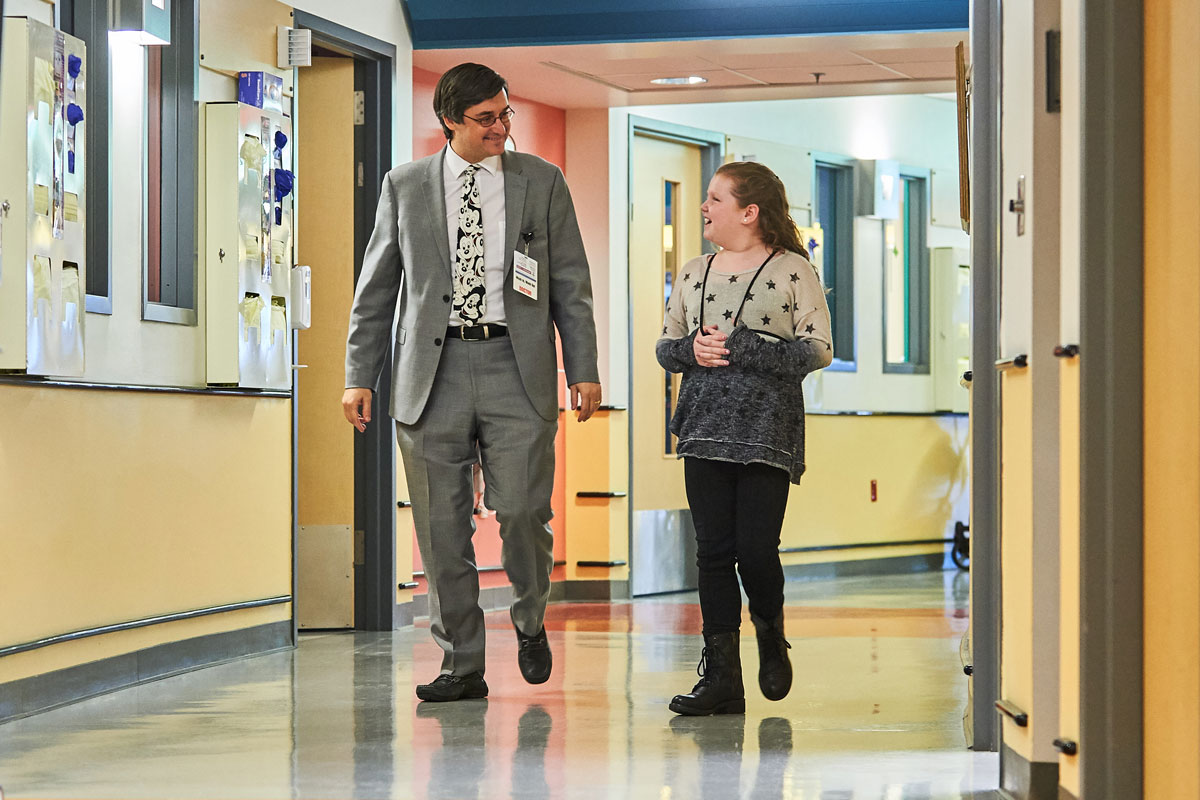“The problem with this disease is that people need cornstarch every four hours. People have died because their parents overslept,” says Weinstein. One missed alarm and a patient could die. A malfunctioning piece of medical equipment could mean a dangerous seizure.
In a healthy liver, excess sugar from food is stored as glycogen and released into our bloodstreams when we need it as glucose. For those with GSD, the liver fails to convert glycogen into glucose, causing the body’s blood sugar levels to drop dangerously low, which can lead to seizure or death.
“One of the parents was giving a talk recently and said, ”˜Do you know what it’s like to have to be perfect all the time?’” Weinstein says. “And that’s what these families live with. It’s extreme stress.”
Weinstein and his team have made great strides. When he started studying GSD, the only long-term treatment was a liver transplant to combat complications. Now, patients are doctors, athletes, mothers ”” more than 50 babies have been born to mothers with GSD since the first in 2003. But they still live under constant pressure. The disease is relentless, unforgiving.
When Gayle and Steve Temkin brought baby Alyssa home from the hospital at three days old, Gayle knew something was wrong with her daughter. By the time they got to a hospital that night, Alyssa was in full liver and renal failure. Her sugars were undetectable. Without intervention, she wouldn’t survive an hour, doctors said.
It was six months, several hospitals, countless invasive tests, and second and third opinions before Alyssa was diagnosed with GSD at Mount Sinai Hospital in New York City.
Alyssa is now 11, a smiling, soft-spoken sixth-grader who enjoys playing sports, acting in plays, and learning to play guitar and dance. She gets good grades and loves her friends. But every 90 minutes, every single day, she must check her blood sugar and drink Tolerex, a special formula that keeps her sugar up. Alyssa is the only known GSD patient who can’t tolerate cornstarch, and Tolerex doesn’t last as long, so the time between her treatments is even shorter than it is for most GSD patients.
While the Temkins do everything they can to make Alyssa’s life normal, there are constant reminders that it is anything but.
During the night, a pump attached to a feeding tube in her stomach feeds Alyssa dextrose (which is less filling than Tolerex, but metabolizes faster). Her parents wake up every 90 minutes to check her sugar, but her feeding is done automatically through the pump.
Gayle spends every day at Alyssa’s school. For years, she would go into the classroom to feed Alyssa, first through her feeding tube and, more recently, with a drinkable formula. This year, Alyssa has gained some freedom. An Apple Watch reminds her when it’s time to test her blood and drink, and she reports her sugar level to her mom via a walkie-talkie. Gayle, a former social worker, stays close, just in case.
If Alyssa’s sugar gets too low, she doesn’t feel it. Unlike most people, GSD patients don’t feel shaky or get headaches when their sugar drops ”” at least not until it’s too late. By then, they could be moments from having a seizure.
“I sit in her school all day,” says Gayle. “I have a master’s. I’m a social worker. But I do what I have to do.”
Because she knows too well what can happen.
In February 2015, the family had returned from a trip to Italy and decided to “camp out” together in the same room. As Gayle and Steve dozed off, Lily Temkin, 9, stayed up, reading, unable to fall asleep.
“I hear Lily saying, ”˜Alyssa, come on, want to play with me? Alyssa, you want to read with me? Alyssa, Alyssa.’ And then, screaming,” recalls Gayle.
Alyssa’s pump had stopped working. She was having a seizure and remained unconscious at the hospital.
“David [Weinstein] stayed on the phone with us the whole time,” says Gayle. “He was booking a flight to Connecticut. We really thought he was going to be coming for a funeral.
“There is nothing about this disease that’s forgiving. It doesn’t matter what regimen you’re on; it could be a bad batch of something. We think we’re doing everything right, and the pump malfunctions.”
